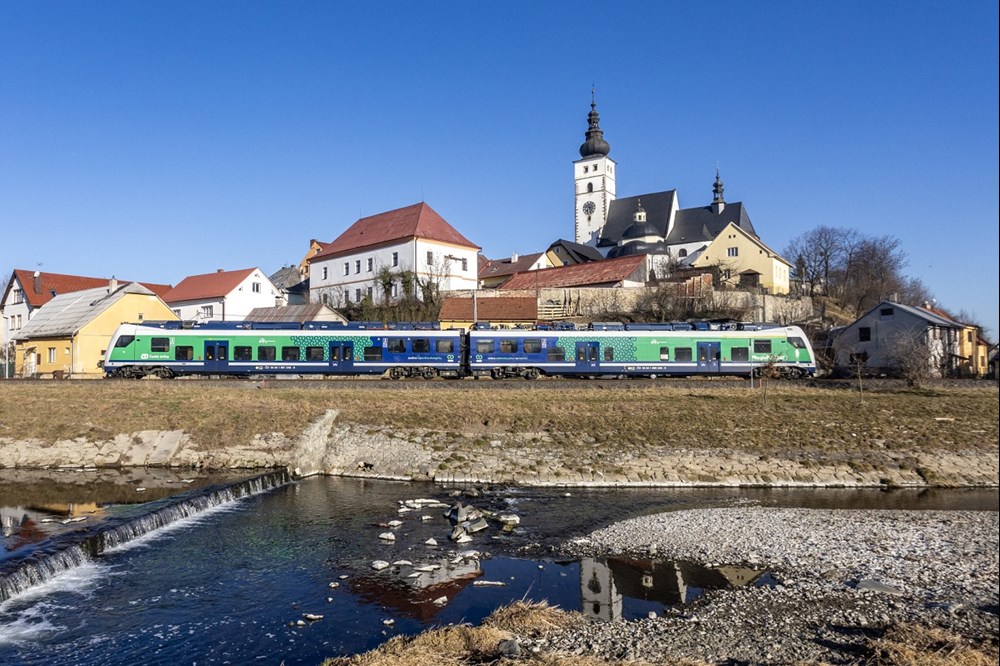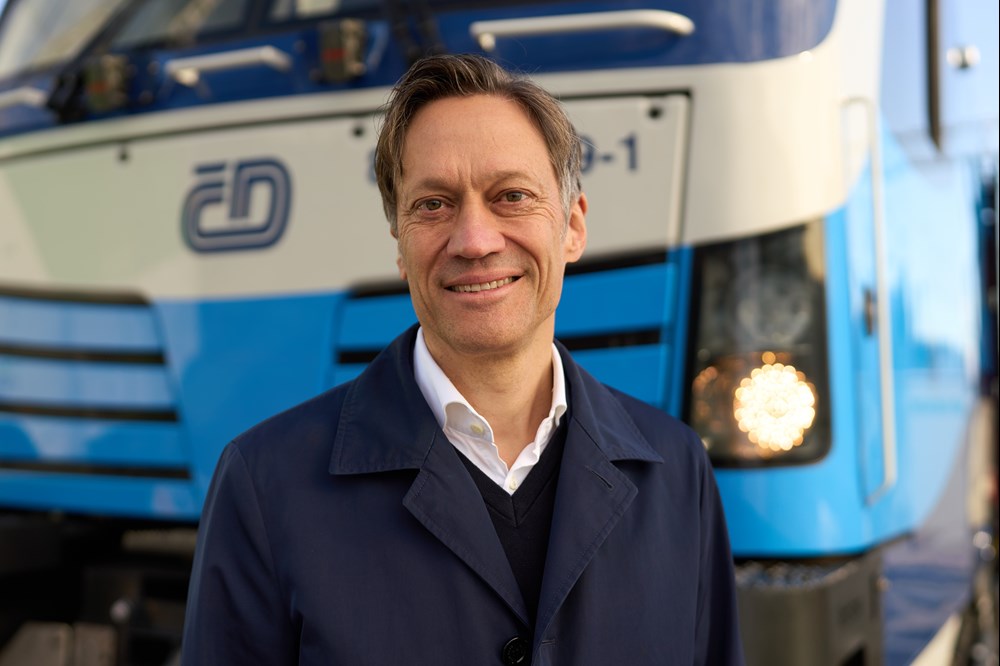In Slovakia’s ever-changing transportation scene, an crucial discussion is happening about bigger and heavier trucks coming to our roads. But amidst all this talk, a strong thought is emerging – it’s time for a large change in the way goods are transported, a shift to the usage of intermodal transport.
In the face of escalating truck traffic on our roads, the stagnant growth of our railways presents a pressing concern. fresh EU regulations, while intended to advance eco-friendly practices, hazard worsening the imbalance between road and rail freight, possibly compromising environmental goals and public safety.
A collaborative effort spearheaded by the Association of Industrial Unions and Transport (APZD), the Association of Railways Operators of Slovakia (AROS), and the Association of Logistics and Freight Forwarding of the Slovak Republic (ZLZ SR) highlighted these concerns in a fresh joint press conference at our METRANS terminal in Dunajská Streda.
We all came together to urge the Slovakian government to pay attention to a plan for changing how we transport goods until 2030. We stressed the urgent request to start making changes quickly, moving trucks off the roads and onto trains!
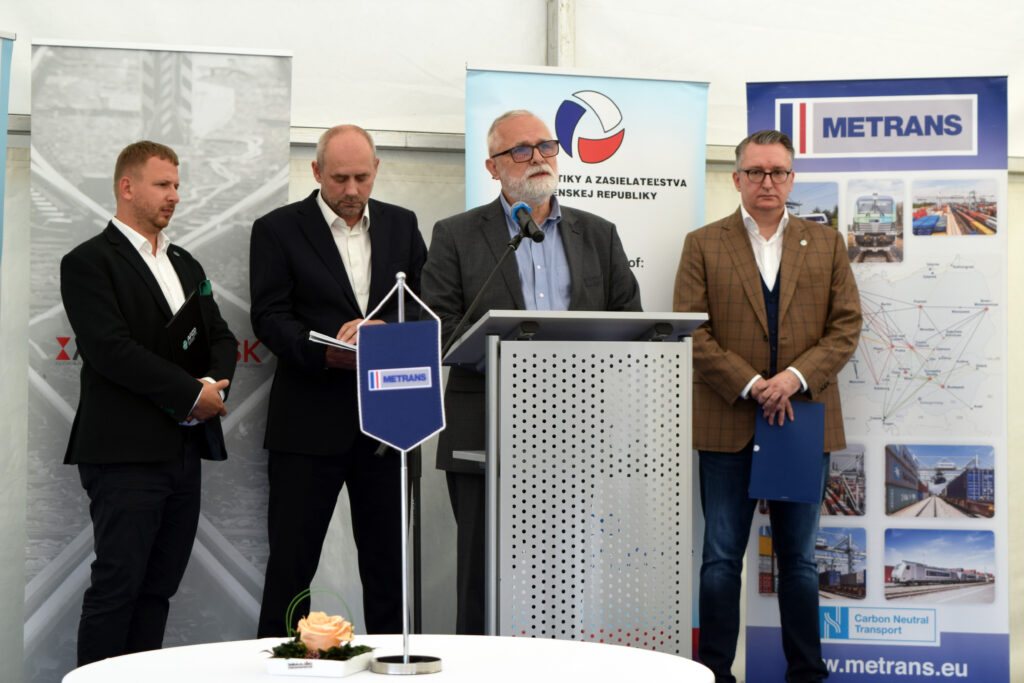
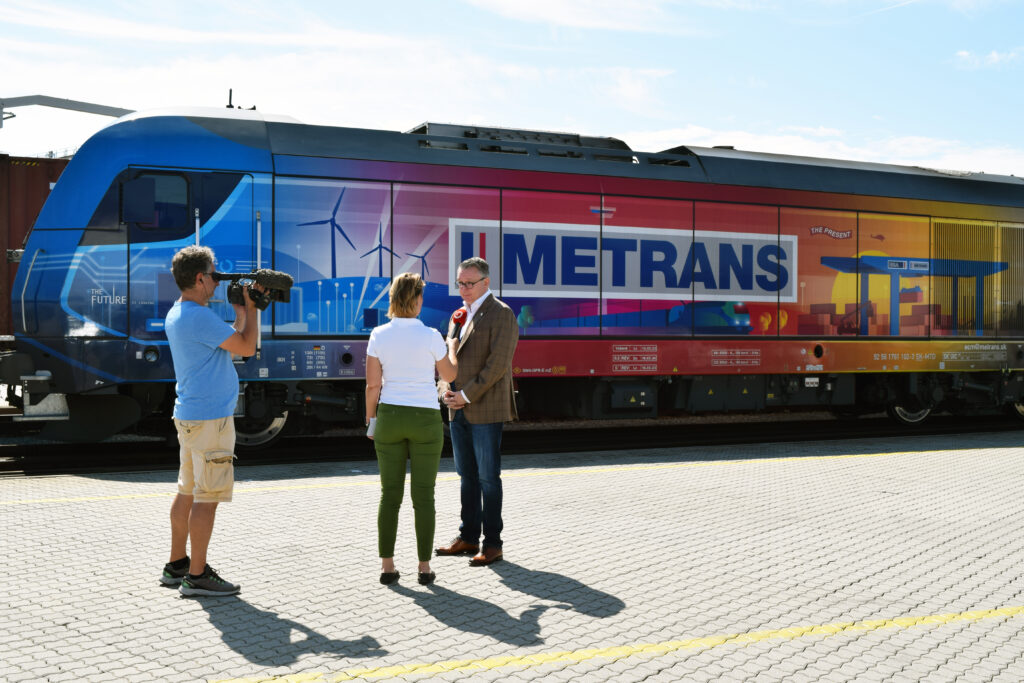
Overcoming Obstacles
Prognoses indicate a possible shift of 12-21% of freight from rail to road, causing increased contamination and worsening road congestion. This trajectory is contrary to the EU’s ambitious mark to increase rail freight transport by 50% by 2030, with the current rail share of freight falling from 18.5% in 2005 to just 16.7% in 2022.
Ján Biznár, president of AROS, warned, “If we don’t act now, future generations will not forgive us. Long-neglected investments in railway modernization straight impact the efficiency of rail transport, keeping us stuck in the past century. While trucks are increasing, our rails are stagnating.“
František Komora, president of ZLZ SR, underscores the transformative possible of combined transport: “Combined transport not only facilitates the shift of goods from roads to railways but besides enables the effective deployment of electrical trucks, whose broader adoption is hindered by their limited range. It’s a solution that addresses the shortcomings of both railways and road transport, fostering successful and mutually beneficial collaboration.”
Peter Kiss, CEO of METRANS, highlights the method obstacles hindering progress: “The catastrophic condition of the tracks and the deficiency of investment in the repair of existing and the construction of fresh railway infrastructure severely limit the improvement and efficient utilization of combined transport. It’s inconceivable that a train arriving from German ports in about 15 hours takes nearly 6 hours to cover the last 45 kilometers from Bratislava to Dunajská Streda.”
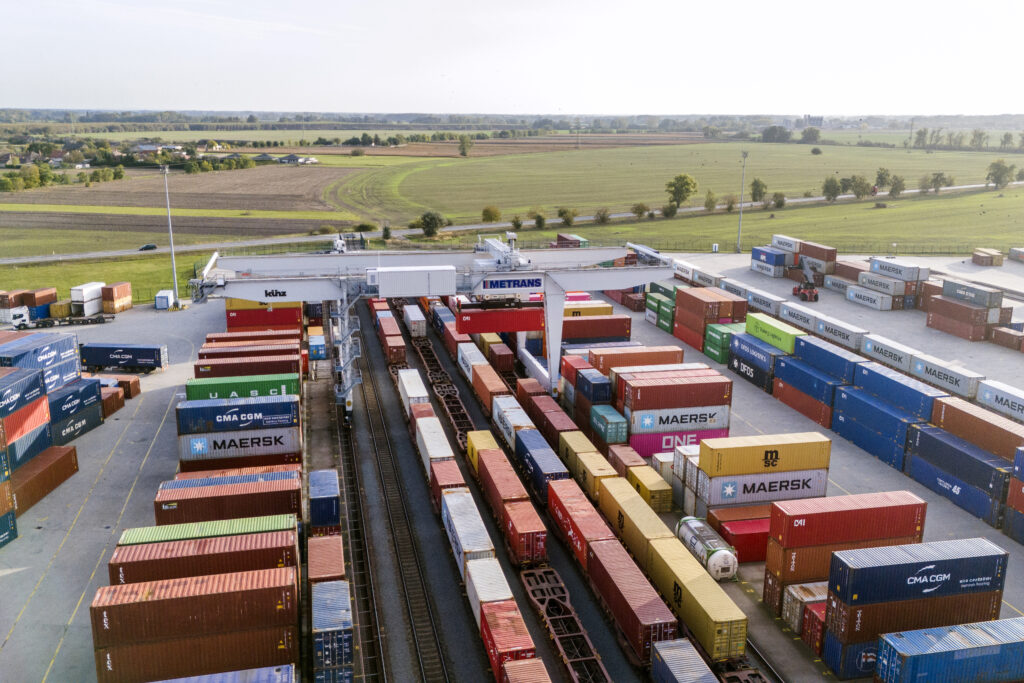
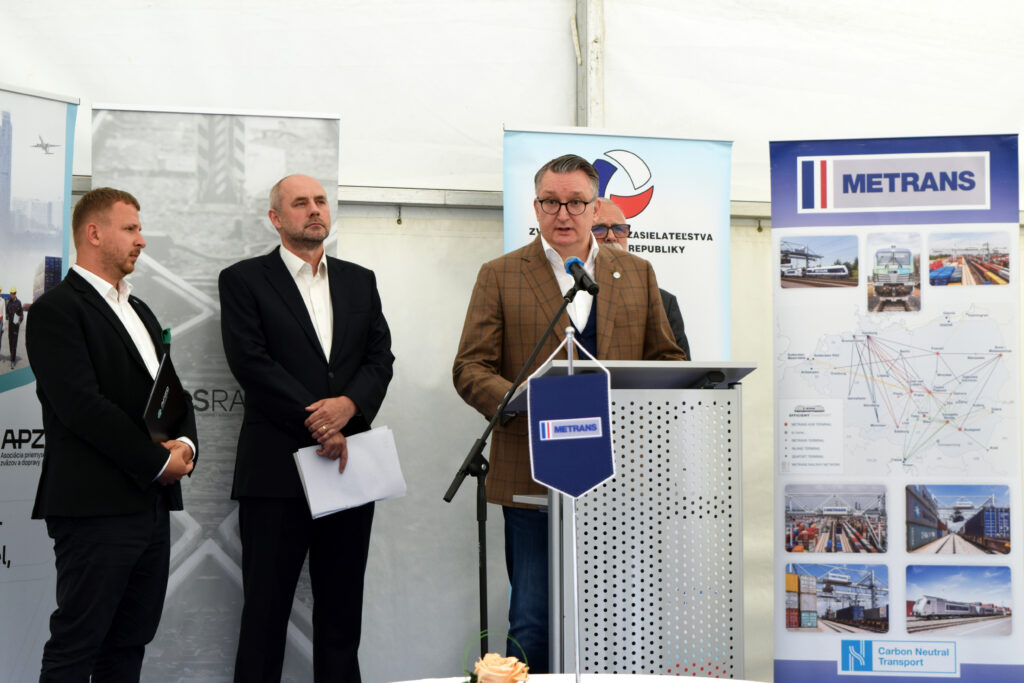
A Call to Action
Slovakia needs to follow the example of advanced European countries and full utilize the possible of combined transport! Rail transport is importantly more energy-efficient, with a ton of goods transported by rail requiring only a tenth of the energy compared to road transport.
“The importance of combined transport grows as more companies commit to reducing their carbon footprint in their ESG strategies,” explains Andrej Lasz, general secretary of APZD. “Businesses are keen on utilizing combined transport, as rail transport is now greener and more cost-effective than truck transport. However, deliveries must besides be swift, and delays due to mediocre track conditions pose a crucial challenge, complicating the usage of combined transport.”
As advocates for sustainable transportation solutions, WE URGE the Slovakian government and applicable authorities to prioritize investments in intermodal transport infrastructure and support mechanisms. This includes establishing a dedicated transportation infrastructure fund, akin to successful models in another European countries, to guarantee predictable backing for railway modernization and intermodal transport initiatives.
As Slovakia navigates the complexities of its transportation future, the adoption of intermodal freight transport emerges as a compelling solution to balance economical growth with environmental sustainability. By embracing change, overcoming obstacles, and seizing opportunities, Slovakia can illustration a course towards a more resilient, efficient, and interconnected logistics ecosystem.
Join METRANS and our partners in shaping Slovakia’s transportation future through intermodal freight transport.
Links to press conference videos (in Slovak):




